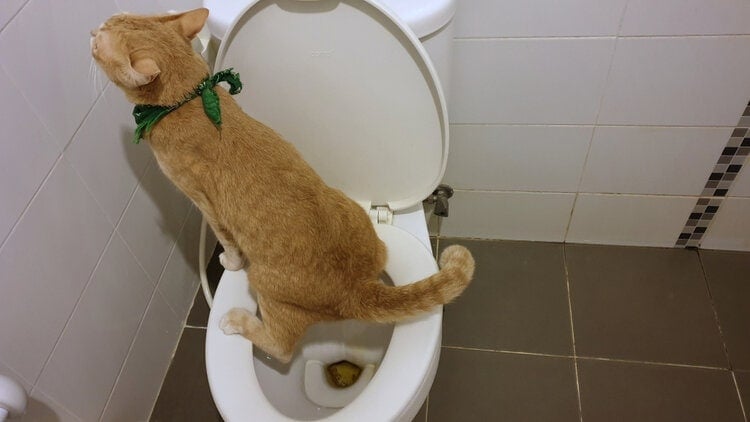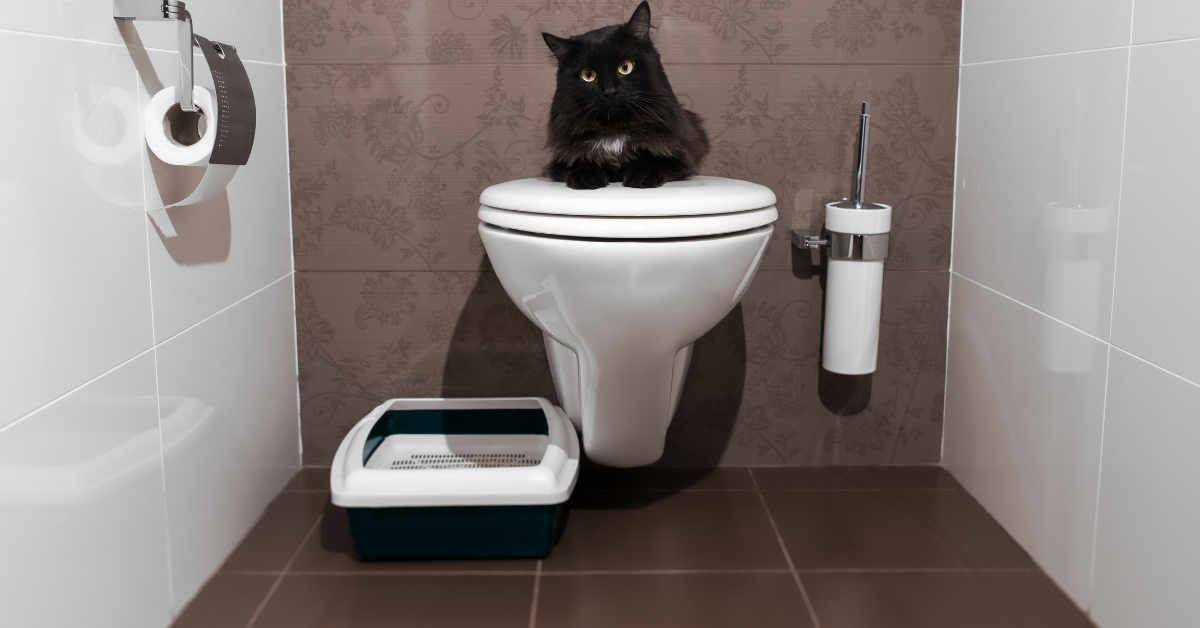This article below in relation to Can You Flush Cat Poo or Litter Down the Toilet? is really entertaining. Check it out for your own benefit and see what you think of it.

Intro
As cat proprietors, it's essential to bear in mind how we take care of our feline pals' waste. While it might seem hassle-free to flush feline poop down the toilet, this method can have detrimental repercussions for both the setting and human health and wellness.
Ecological Impact
Flushing feline poop presents damaging virus and parasites into the water, positioning a substantial risk to water ecological communities. These contaminants can adversely influence marine life and compromise water top quality.
Wellness Risks
In addition to environmental worries, purging cat waste can likewise posture health risks to people. Pet cat feces might include Toxoplasma gondii, a parasite that can trigger toxoplasmosis-- a possibly extreme illness, especially for expecting females and people with weakened immune systems.
Alternatives to Flushing
Thankfully, there are much safer and a lot more liable ways to deal with feline poop. Think about the adhering to choices:
1. Scoop and Dispose in Trash
One of the most common method of getting rid of feline poop is to scoop it right into a naturally degradable bag and toss it in the garbage. Make certain to make use of a committed clutter inside story and dispose of the waste promptly.
2. Use Biodegradable Litter
Opt for biodegradable cat litter made from materials such as corn or wheat. These clutters are eco-friendly and can be securely taken care of in the garbage.
3. Hide in the Yard
If you have a lawn, think about burying cat waste in a designated location far from vegetable yards and water resources. Make certain to dig deep adequate to stop contamination of groundwater.
4. Mount a Pet Waste Disposal System
Purchase a family pet waste disposal system particularly created for feline waste. These systems utilize enzymes to break down the waste, decreasing odor and ecological influence.
Final thought
Accountable pet possession prolongs beyond supplying food and sanctuary-- it likewise includes proper waste monitoring. By avoiding flushing cat poop down the commode and going with alternate disposal techniques, we can minimize our ecological impact and safeguard human health.
Why Can’t I Flush Cat Poop?
It Spreads a Parasite
Cats are frequently infected with a parasite called toxoplasma gondii. The parasite causes an infection called toxoplasmosis. It is usually harmless to cats. The parasite only uses cat poop as a host for its eggs. Otherwise, the cat’s immune system usually keeps the infection at low enough levels to maintain its own health. But it does not stop the develop of eggs. These eggs are tiny and surprisingly tough. They may survive for a year before they begin to grow. But that’s the problem.
Our wastewater system is not designed to deal with toxoplasmosis eggs. Instead, most eggs will flush from your toilet into sewers and wastewater management plants. After the sewage is treated for many other harmful things in it, it is typically released into local rivers, lakes, or oceans. Here, the toxoplasmosis eggs can find new hosts, including starfish, crabs, otters, and many other wildlife. For many, this is a significant risk to their health. Toxoplasmosis can also end up infecting water sources that are important for agriculture, which means our deer, pigs, and sheep can get infected too.
Is There Risk to Humans?
There can be a risk to human life from flushing cat poop down the toilet. If you do so, the parasites from your cat’s poop can end up in shellfish, game animals, or livestock. If this meat is then served raw or undercooked, the people who eat it can get sick.
In fact, according to the CDC, 40 million people in the United States are infected with toxoplasma gondii. They get it from exposure to infected seafood, or from some kind of cat poop contamination, like drinking from a stream that is contaminated or touching anything that has come into contact with cat poop. That includes just cleaning a cat litter box.
Most people who get infected with these parasites will not develop any symptoms. However, for pregnant women or for those with compromised immune systems, the parasite can cause severe health problems.
How to Handle Cat Poop
The best way to handle cat poop is actually to clean the box more often. The eggs that the parasite sheds will not become active until one to five days after the cat poops. That means that if you clean daily, you’re much less likely to come into direct contact with infectious eggs.
That said, always dispose of cat poop in the garbage and not down the toilet. Wash your hands before and after you clean the litter box, and bring the bag of poop right outside to your garbage bins.
https://trenchlesssolutionsusa.com/why-cant-i-flush-cat-poop/

As a keen person who reads about Don’t flush cat feces down the toilet, I was thinking sharing that segment was really helpful. Are you aware of somebody else who is fascinated about the topic? Be sure promote it. I enjoy reading our article about How to Dispose of Cat Poop and Litter Without Plastic Bags.
Click Here